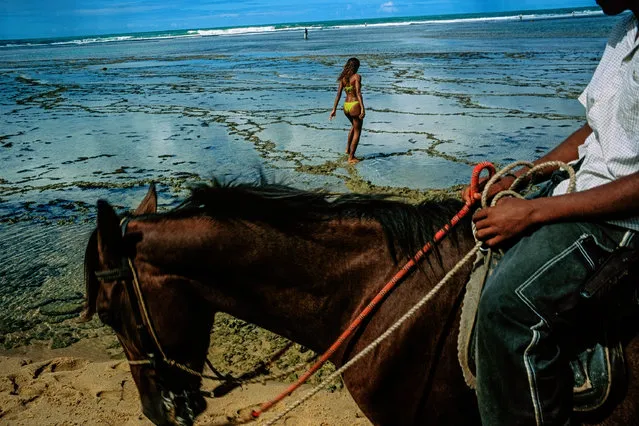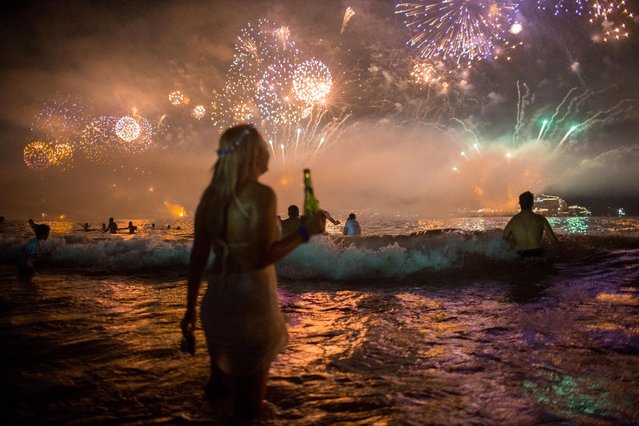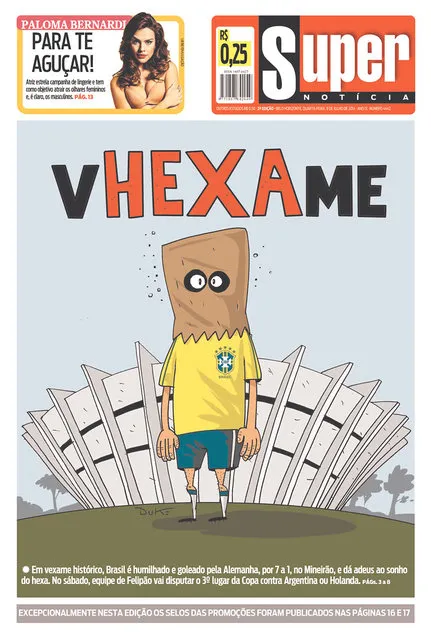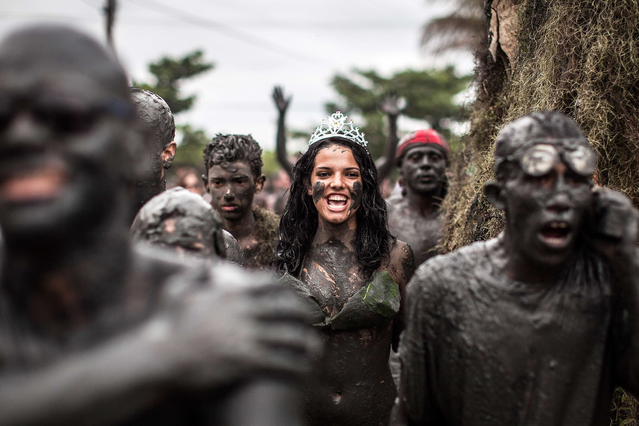
Professional bodybuilders (L-R) Victor Martinez of the Dominican Republic, Mamdouh Elssbiay of Egypt, and Cedric McMillan and Juan Morel of U.S, pose during the Arnold Classic Brazil 2015 in Rio de Janeiro, May 30, 2015. REUTERS/Ricardo Moraes
04 Jun 2015 12:55:00,post received
0 comments







